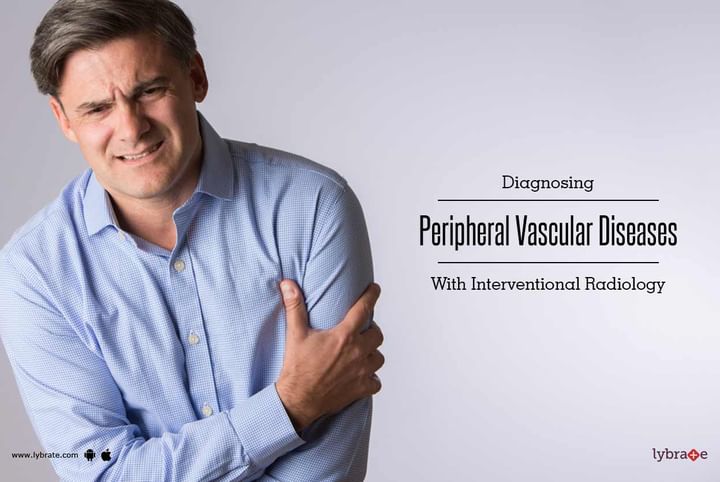Diagnosing Peripheral Vascular Diseases With Interventional Radiology
Peripheral vascular disease (PVD) is a circulation issue that affects the veins and blood vessels outside of the brain and heart. PVD commonly strikes the veins that supply blood to the arms, legs, and organs situated beneath the stomach. These are the veins that are located away from the heart. They are known as peripheral vessels.
In PVD, the width of the veins get limited. Narrowing is normally created by arteriosclerosis. Arteriosclerosis is a condition where plaque develops inside a vessel. It is additionally called 'solidifying of the arteries'. Plaque acts towards reducing the amount of blood and oxygen that is supplied to the arms and legs. As the plaque development advances, clumps may develop, which may further affect the vessel.
There are two main types of PVDs:
- Functional PVD: This doesn't include physical issues in the veins. It causes accidental side effects. Typically,these fits happen suddenly.
- Organic PVD: This includes changes in the vein structure. This sort of PVD causes irritation, tissue harm, and blockages.
The most well-known reasons for functional PVDs are as follows:
The common causes of such natural PVDs are given below:
- Smoking
- High circulatory strain
- Diabetes
- High cholesterol
The symptoms include the following:
- Cramps
- Achiness
- Fatigue
- Burning
Diagnosis:
PVD can be diagnosed using interventional radiology (IR).
IRis a sub-claim of radiology that gives an image-guided diagnosis, and if required, includes treatment of the organs as well.It has developed as a first-line treatment in the administration of PVD.
Advantages:
IR medications are for the most part less demanding for patients than surgery, since they include no surgical cut.They are less painful and have shorter stays at the hospital. By and large, the patients are discharged on the same day the procedure is done. This mainly includes angioplasty and stenting. The procedure is as follows:
- Utilising imaging for direction, the interventional radiologist puts a catheter through the femoral artery in the crotch to the blocked vein in the legs.
- At that point, the interventional radiologist expands a balloon to open the vein that is blocked.
- Sometimes it is opened with a tiny metallic cylinder called astent.
- This is a treatment that does not require surgery; only a scratch in the skin the extent of a pencil tip.
Alternative measure:
Angioplasty and stenting have totally replaced invasive surgical methods. Early trials have proven IR to be as successful as surgery for some blood vessel and artery impairments. Earlier, extensive clinical experience demonstrated that stenting and angioplasty are favoured as first-line treatments for more procedures all through the body .
Doctors as well as patients who have been through the same, believe that IR is much better for PVD than invasive surgery, since it reduces the risk of infection.



+1.svg)
